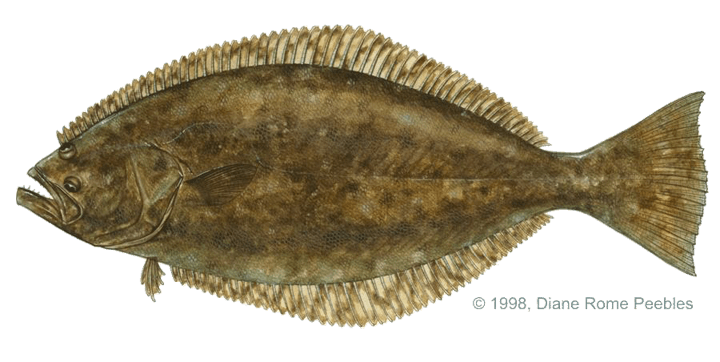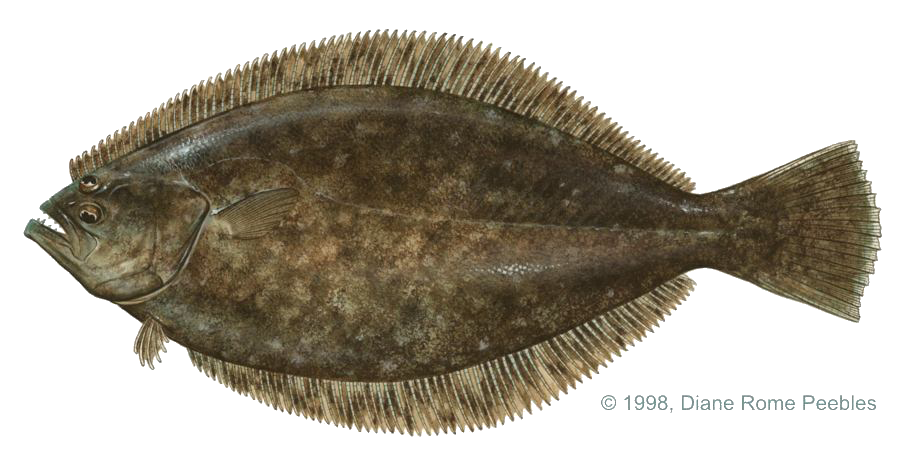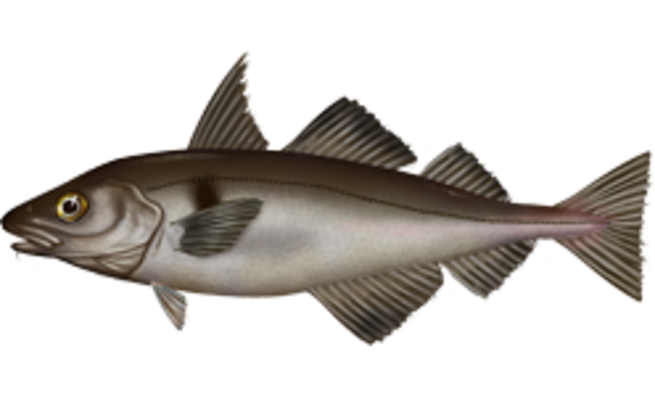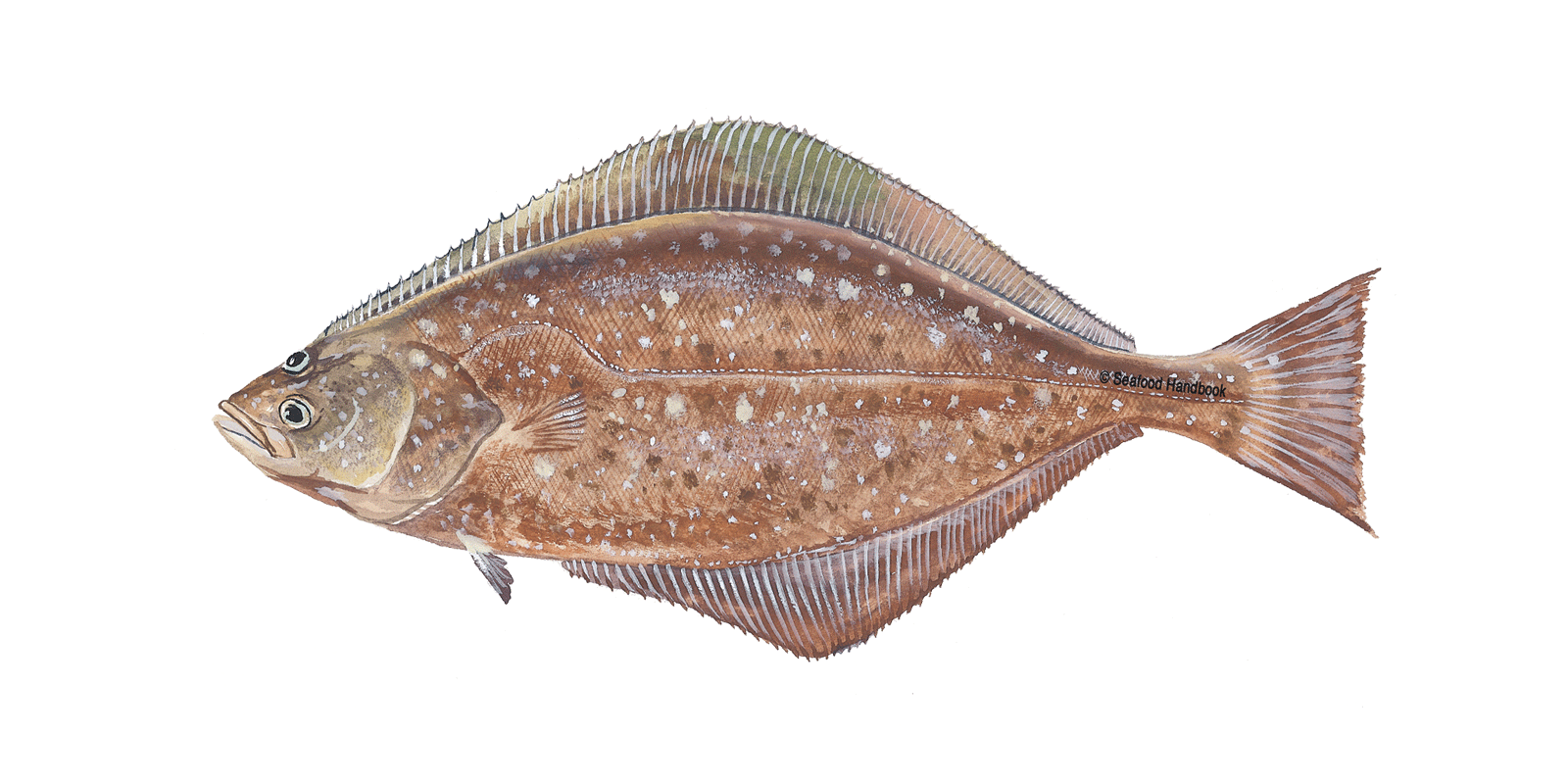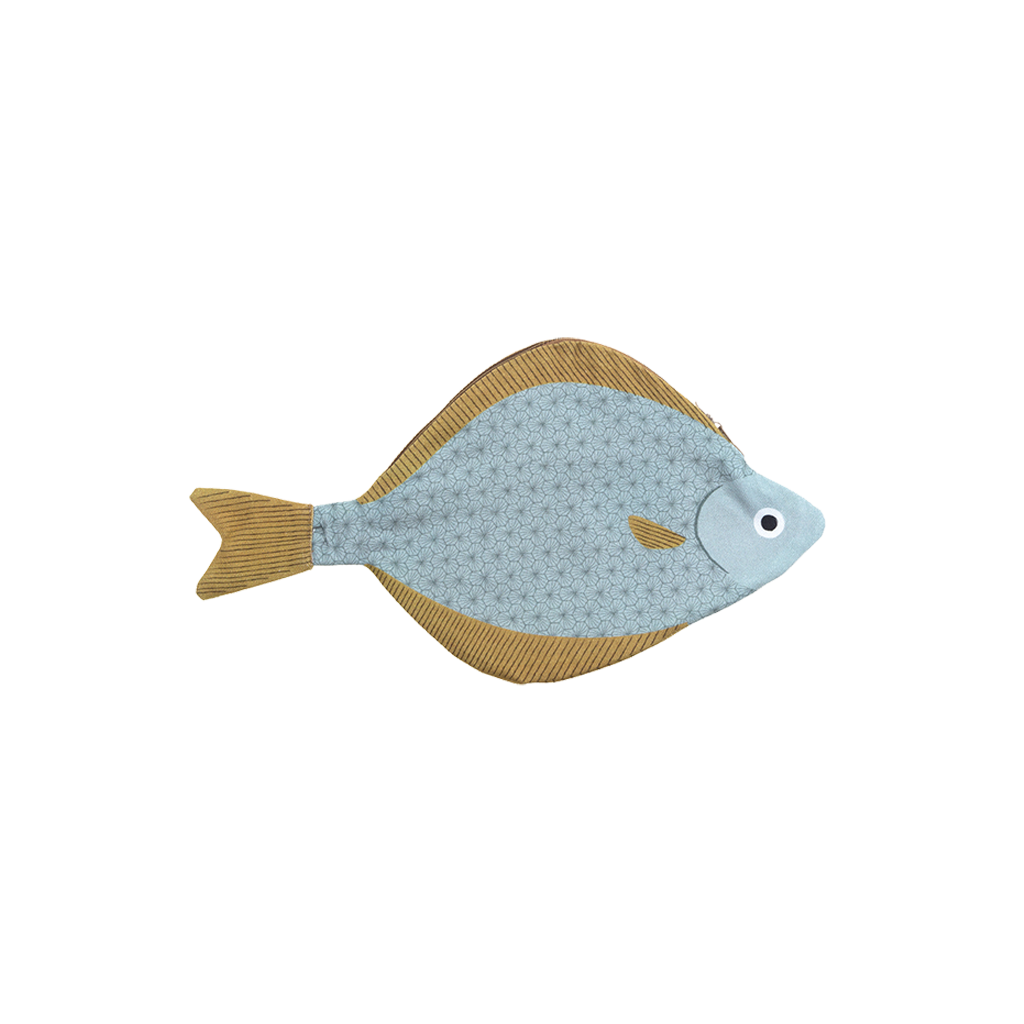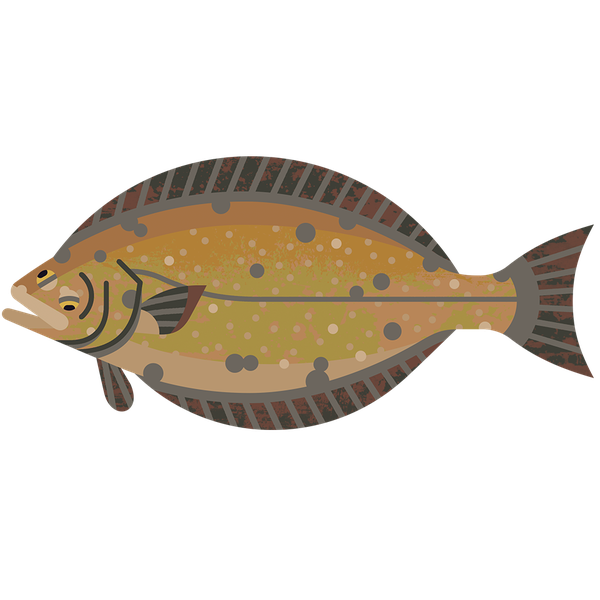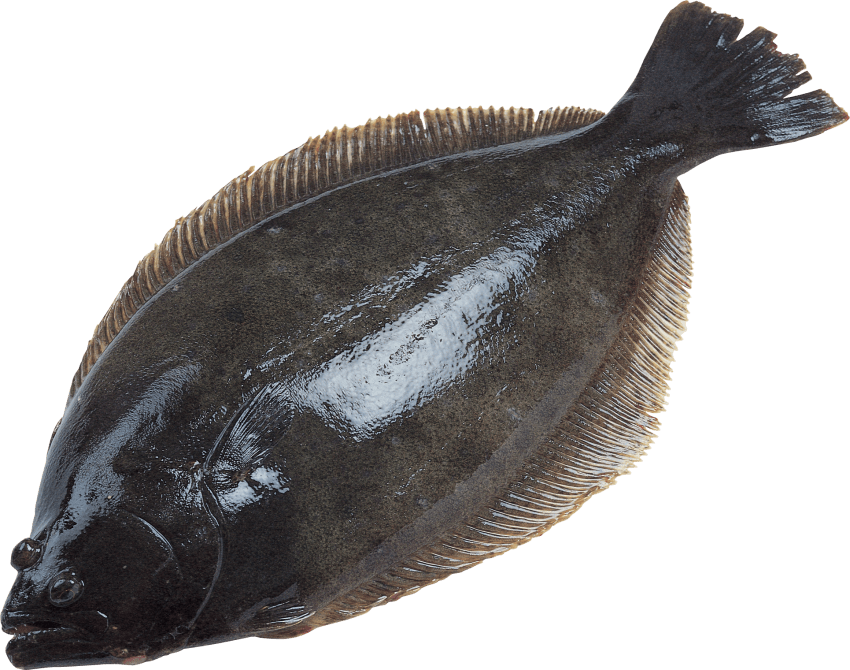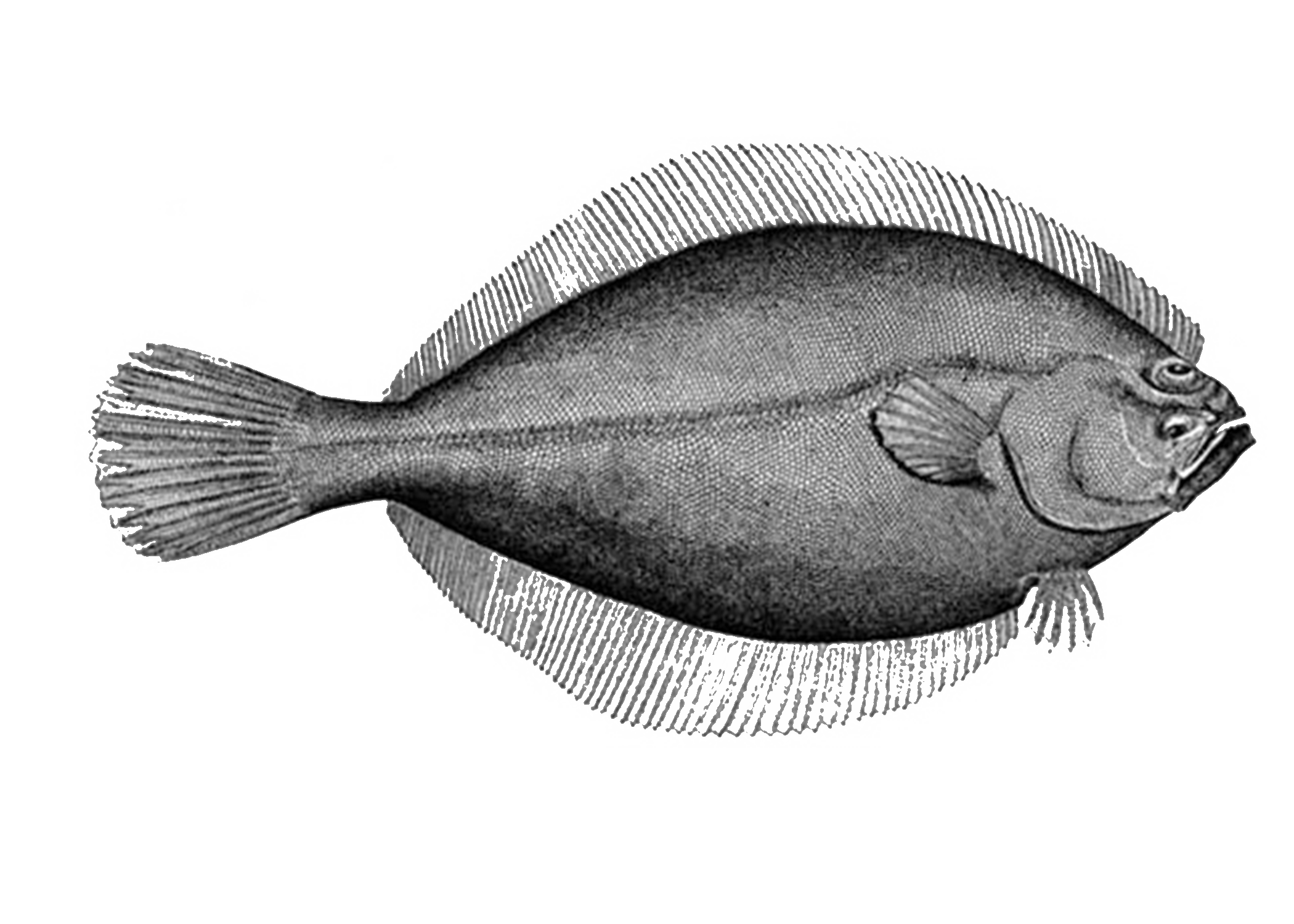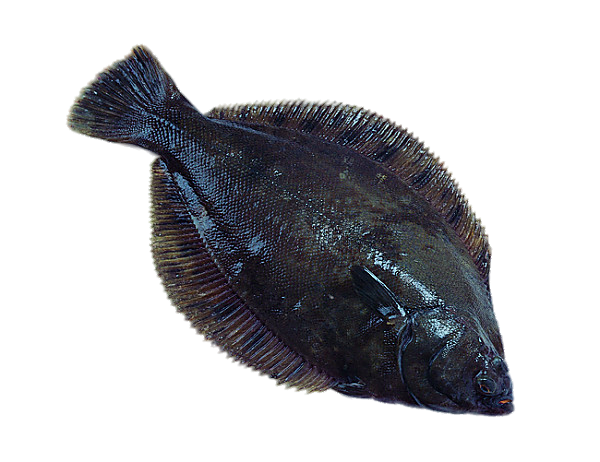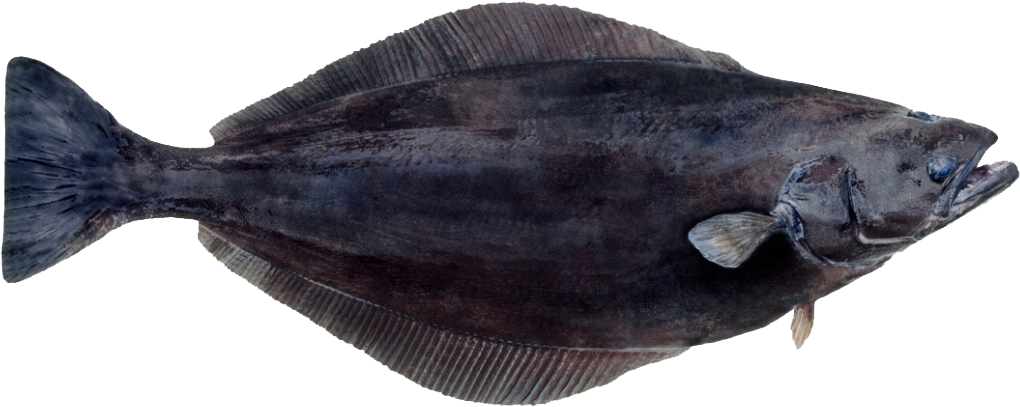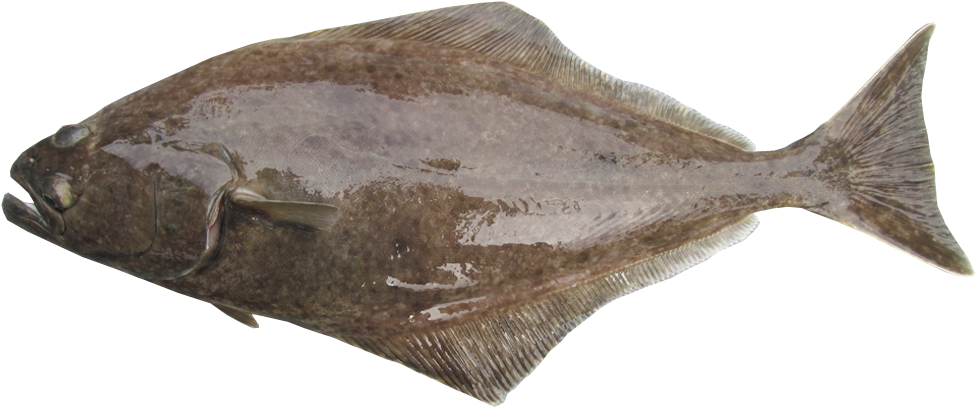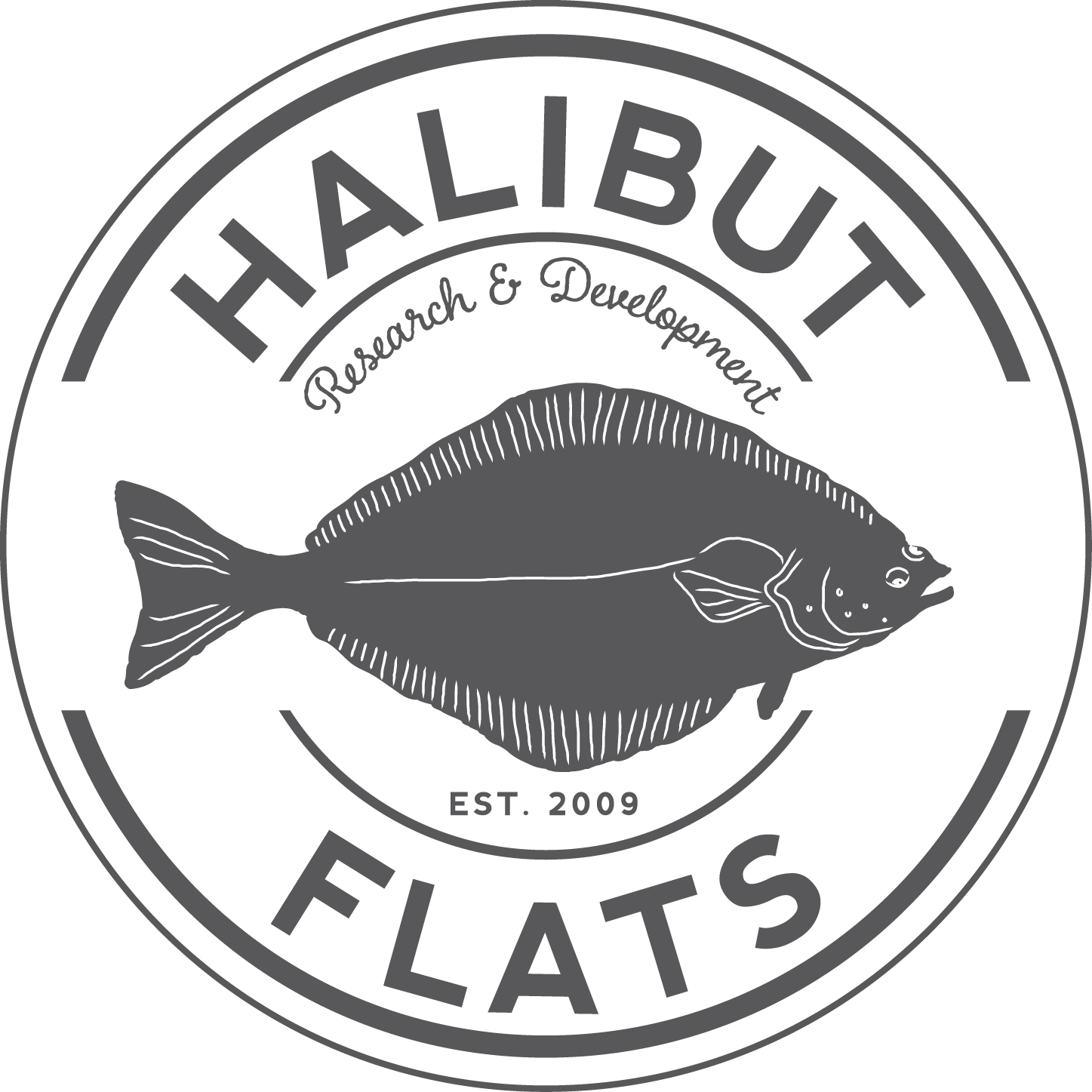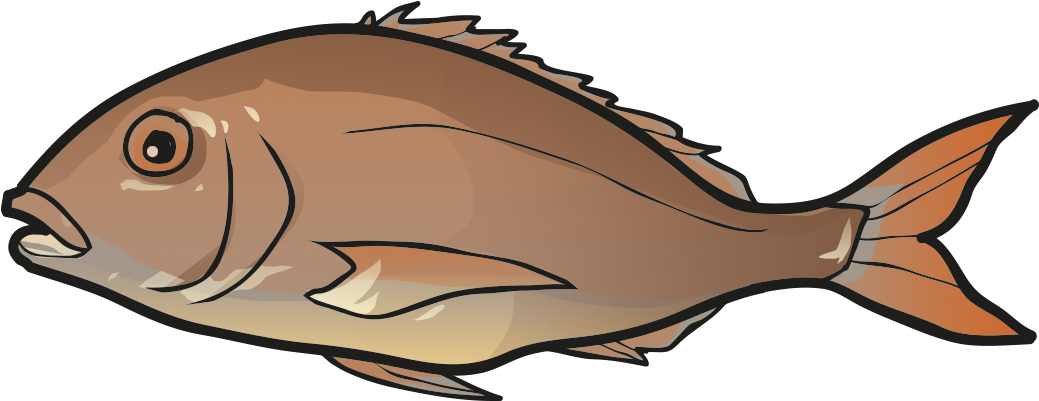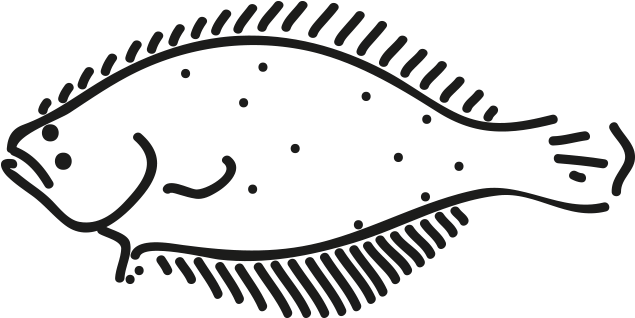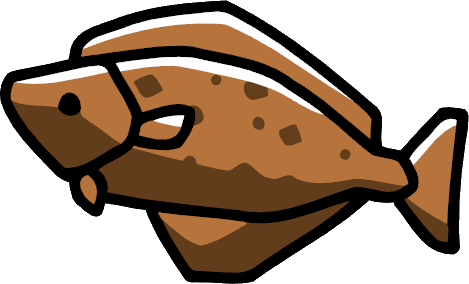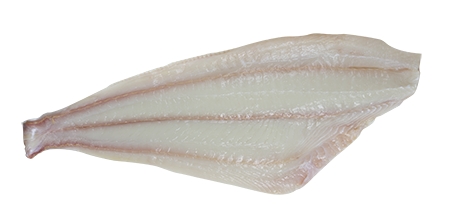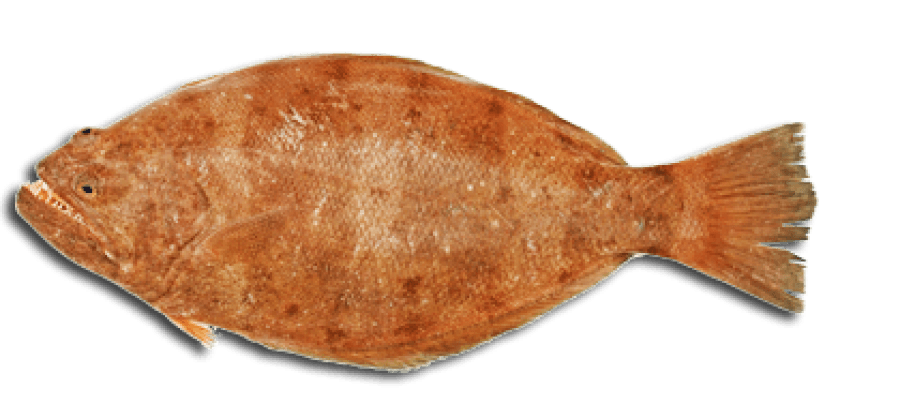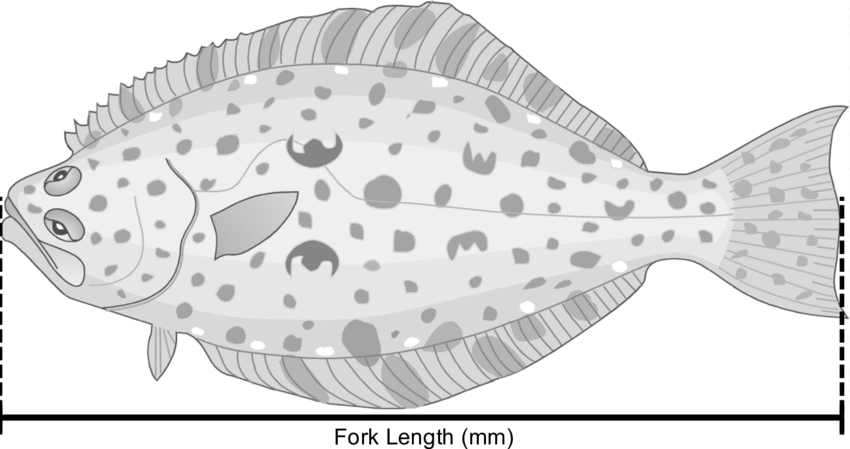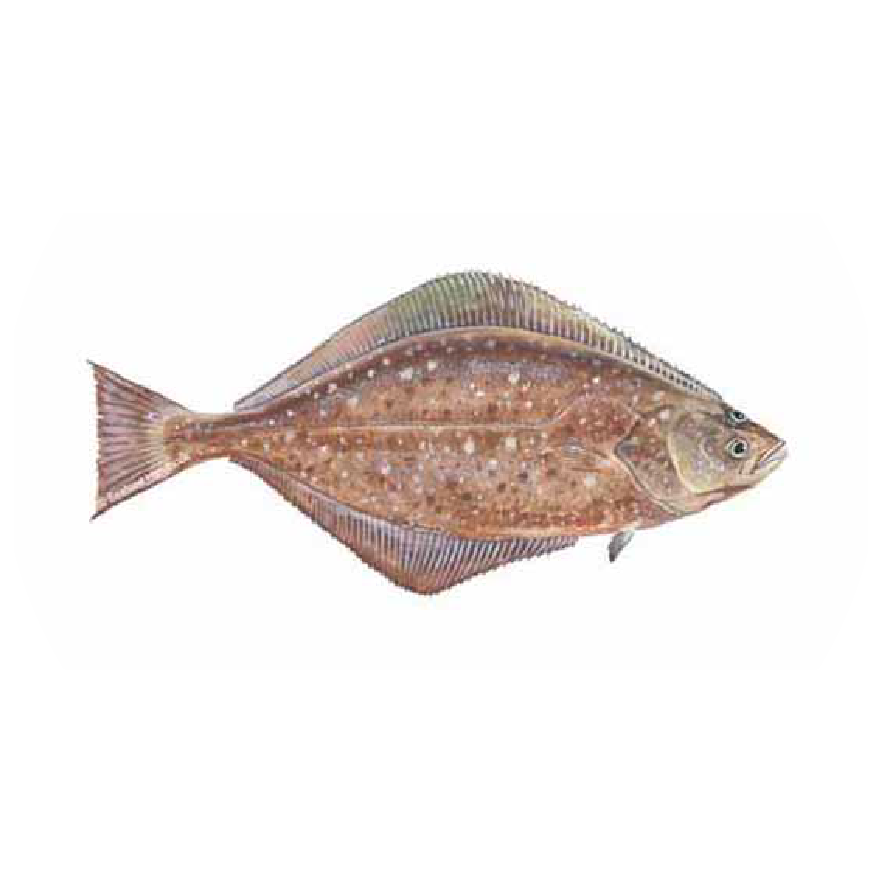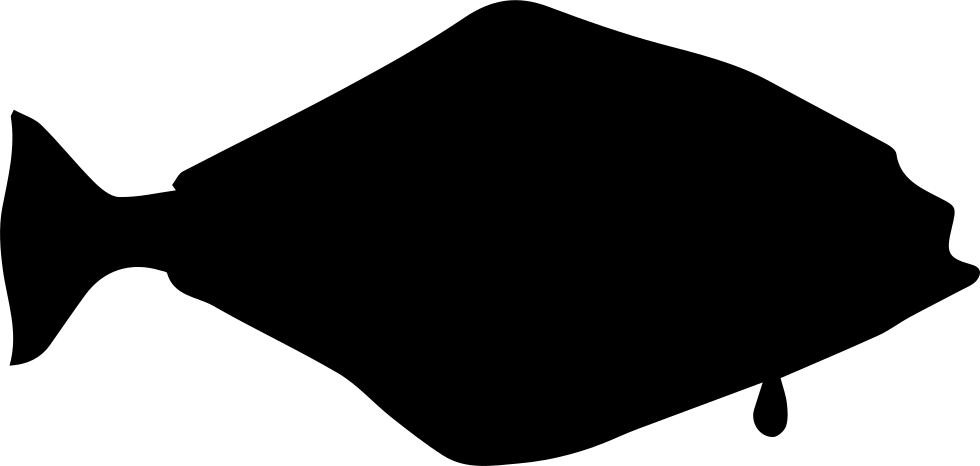Download top and best high-quality free Halibut PNG Transparent Images backgrounds available in various sizes. To view the full PNG size resolution click on any of the below image thumbnail.
License Info: Creative Commons 4.0 BY-NC
Halibut is the common name for three flatfish species from the Hippoglossus and Reinhardtius genera of the right-eye flounder family, as well as, in some areas, and less often, other big flatfish species.
Because of its prominence on Catholic holy days, the name is derived from haly (holy) and butte (flat fish). Halibut are demersal fish that are popular as both a food fish and a sport fish.
The Atlantic halibut is the biggest flatfish in the world. A 234-kilogram (515-pound), 2.62-metre (8-foot-7-inch) fish reportedly broke the IGFA record off the coast of Norway in July 2013. As of 2013, this was still seeking certification. A 219-kilogram (482-pound) Pacific halibut was taken in Glacier Bay, Alaska, in July 2014; however, the halibut was shot and harpooned before being carried aboard, thus the catch was not recorded.
Halibut are dark brown on top with an off-white underside and have very minute scales buried in their skin that are undetectable to the human eye. Halibut have one eye on each side of the head when they are born. Then, about six months later, one eye migrates to the other side of the skull during larval metamorphosis. Once the skull has entirely ossified, the eyes are permanently fixed. The stationary-eyed side darkens to match the top side at the same time, while the other side remains white. Countershading is a colour scheme that hides halibut from above (blending with the ocean floor) and below (blending with the light from the sky).
The commercial halibut fishing in the North Pacific began in the late 1800s and is now one of the region’s largest and most profitable. Long-line fishing, which uses chunks of octopus (“devilfish”) or other bait on circle hooks tied at regular intervals to a weighted line that can reach for several miles over the bottom, is popular in Canadian and US waters. After many hours to a day, the fishing vessel recovers the line. Long-line gear has unknown consequences on ecosystems, although they might include sediment disturbance, benthic structures, and other structures.
Because the species is found in the seas of the United States, Canada, Russia, and perhaps Japan (where the species is known as ohyo), international management is believed to be essential. Because halibut can not reproduce until they are eight years old, when they are around 80 cm (30 in) long, commercial capture below this length hinders breeding and violates US and Canadian sustainability rules. The International Pacific Halibut Commission oversees halibut fishing in the Pacific.
The halibut fishery was a derby for most of the contemporary era. Regulators set time periods for fishing (usually 24″48 hours at a time), and anglers competed to capture as many pounds as they could in that time frame. This method allowed for unrestricted participation in the fisheries while also allowing authorities to limit the amount of fish taken each year by limiting the number and timing of openings. Because openings had to be made before the weather forecast was available, fisherman were forced to leave port regardless of the weather. The strategy limited the availability of fresh halibut to a few weeks each year, when gluts would lower the price paid to fisherman.
Download Halibut PNG images transparent gallery.
- Halibut PNG Cutout
Resolution: 720 × 362
Size: 117 KB
Image Format: .png
Download
- Halibut PNG Images
Resolution: 900 × 454
Size: 435 KB
Image Format: .png
Download
- Halibut PNG Photos
Resolution: 655 × 396
Size: 163 KB
Image Format: .png
Download
- Halibut Transparent
Resolution: 1600 × 800
Size: 972 KB
Image Format: .png
Download
- Halibut PNG Clipart
Resolution: 1024 × 1024
Size: 369 KB
Image Format: .png
Download
- Halibut PNG HD Image
Resolution: 600 × 600
Size: 151 KB
Image Format: .png
Download
- Halibut
Resolution: 850 × 670
Size: 265 KB
Image Format: .png
Download
- Halibut PNG Picture
Resolution: 2100 × 1500
Size: 807 KB
Image Format: .png
Download
- Halibut PNG Image HD
Resolution: 600 × 462
Size: 312 KB
Image Format: .png
Download
- Halibut No Background
Resolution: 2500 × 2500
Size: 1217 KB
Image Format: .png
Download
- Halibut PNG Images HD
Resolution: 1020 × 407
Size: 573 KB
Image Format: .png
Download
- Halibut PNG Free Image
Resolution: 976 × 407
Size: 574 KB
Image Format: .png
Download
- Halibut PNG Image File
Resolution: 1200 × 800
Size: 156 KB
Image Format: .png
Download
- Halibut Vector
Resolution: 1447 × 1447
Size: 145 KB
Image Format: .png
Download
- Halibut Vector PNG
Resolution: 1000 × 880
Size: 151 KB
Image Format: .png
Download
- Halibut Background PNG
Resolution: 1039 × 401
Size: 158 KB
Image Format: .png
Download
- Halibut PNG Background
Resolution: 635 × 318
Size: 29 KB
Image Format: .png
Download
- Halibut PNG
Resolution: 469 × 284
Size: 13 KB
Image Format: .png
Download
- Halibut PNG Pic
Resolution: 450 × 222
Size: 96 KB
Image Format: .png
Download
- Halibut PNG File
Resolution: 600 × 600
Size: 66 KB
Image Format: .png
Download
- Halibut PNG Image
Resolution: 900 × 418
Size: 116 KB
Image Format: .png
Download
- Halibut Vector PNG Pic
Resolution: 850 × 449
Size: 90 KB
Image Format: .png
Download
- Halibut PNG Photo
Resolution: 882 × 882
Size: 199 KB
Image Format: .png
Download
- Halibut Vector PNG File
Resolution: 980 × 466
Size: 13 KB
Image Format: .png
Download
